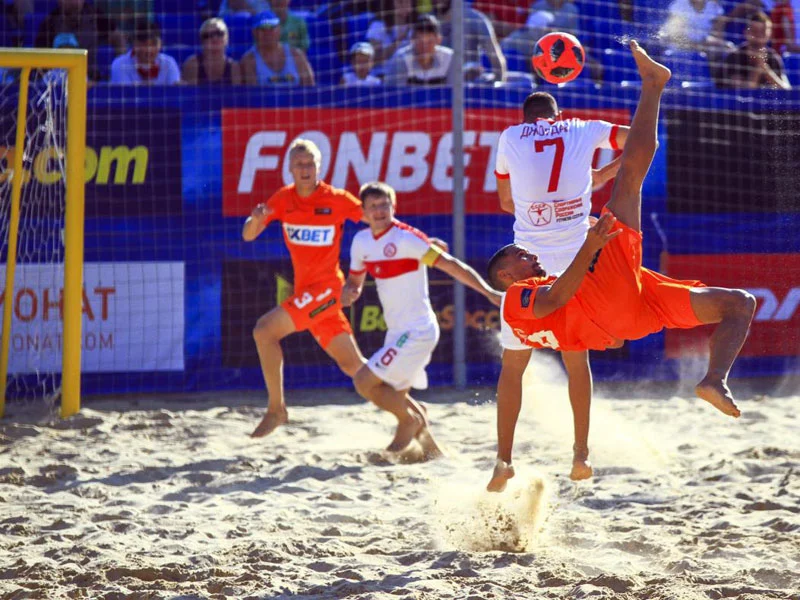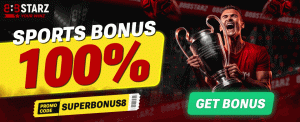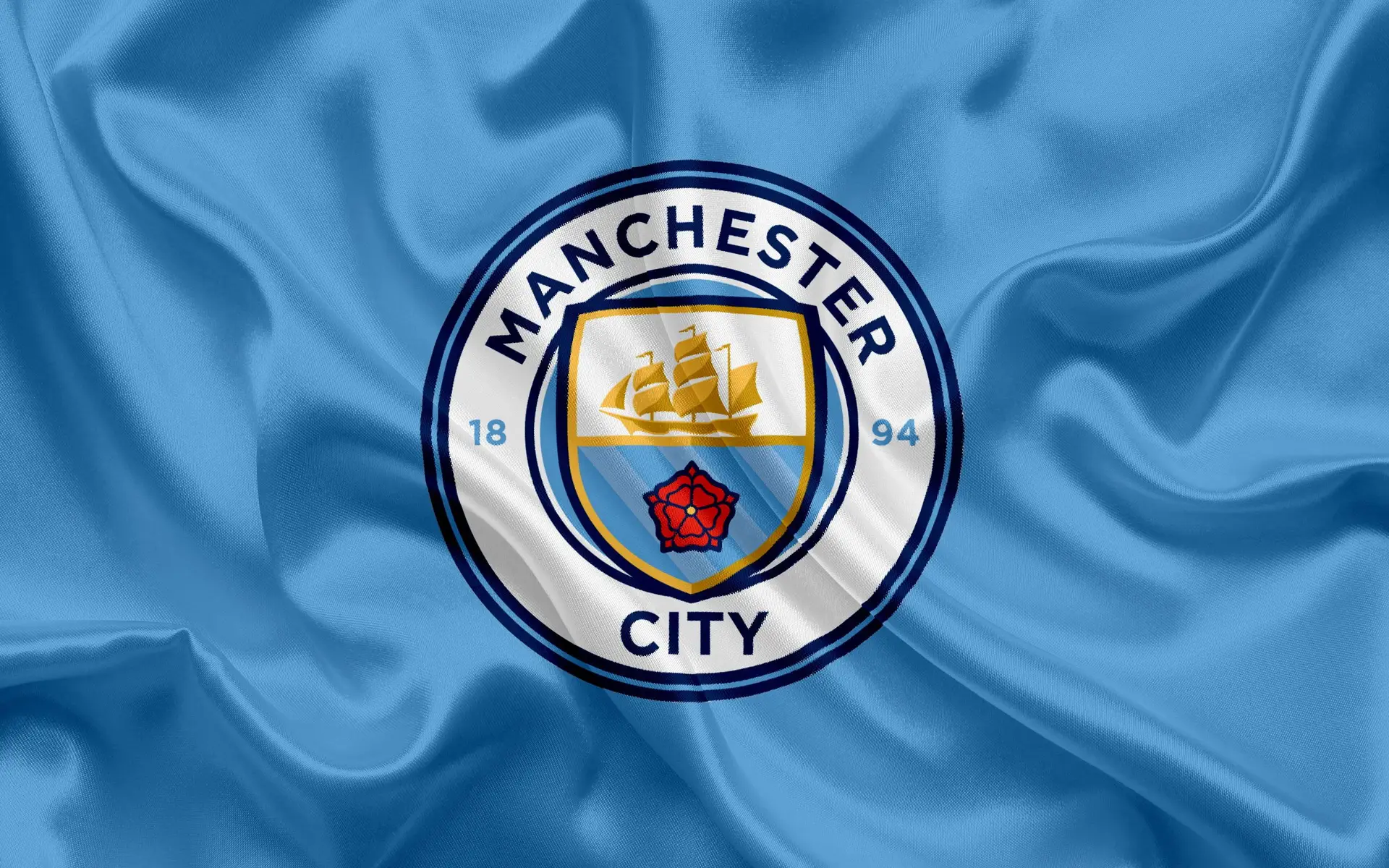Football cannot be reduced to a single format; the game on the pitch to the sound of the referee’s whistle is only a small part of this world. There are more than a dozen types of football, and each has its own rules, peculiarities and even its own atmosphere. Let’s take a closer look at the popular formats and tell you how they differ and what makes them so special.
An overview of the types of football
Classic football, futsal, beach or American football – each type of game deserves its own consideration.

Classic football
Classic football is the most popular and best-known sport. But there are many interesting things hidden even in its standard rules. The format has its origins in the XIX century in England, when the first official football rules were drawn up. They include a strict number of players – 11 on the field, a standard pitch 100-110 metres long and 64-75 metres wide, the goal – 7.32 metres wide and 2.44 metres high. Matches last 90 minutes, divided into two halves of 45 minutes each. The concept of offside is important and adds strategic depth to the game.
Differences to other formats
The classic format is characterised by longer games and the use of the entire pitch. The emphasis here is on physical preparation, tactics and teamwork. Another difference is the use of hard turf and larger goals, which makes the games more spectacular.
Characteristics of classic football:
- Number of players: the game consists of 11 players on each side, including the goalkeeper.
- Type of surface: The pitch is covered with natural or artificial grass, which ensures that the ball glides evenly.
- Goal dimensions: 7.32 metres wide and 2.44 metres high.
- Tactical schemes: The teams use different tactical schemes (e.g. 4-4-2 or 3-5-2) that allow them to react flexibly to their opponents.
Worldwide popularity and championships
Classic football is one of the most popular sports in the world. There are annual tournaments such as the World Cup (e.g. the FIFA World Cup, which takes place every four years), the UEFA Champions League, in which the best teams in Europe such as Real Madrid, Bayern Munich and Liverpool take part, and the national cups: the FA Cup (Football Cup) and the Spanish Cup (Copa del Rey). These tournaments attract millions of spectators all over the world. Each match becomes an event that reflects real passion and competitive spirit. Most of the world’s major stadiums, such as Wembley Stadium in London, the San Siro Stadium in Milan and the Stade de France in Paris, are designed to host matches in the classic format.
Popularity of football in Russia
An important part of cultural identity. From its beginnings in the early 20th century until the Soviet era, football was a popular sport. In the post-Soviet era, Russian ball sports have continued to grow, with the national team achieving success at the 2018 World Cup. Clubs such as Zenit, Spartak and CSKA continue to thrill their fans on the international stage. The development of youth academies that train future stars is also important.
Beach
 Beach football embodies the spirit of summer holidays, the free atmosphere and sporting enthusiasm. The history of the emergence of different types of football begins with beach football in the 1990s, when athletes began to organise informal tournaments on the beaches of Rio de Janeiro. Over time, this initiative developed into an international discipline with its own rules and championships.
Beach football embodies the spirit of summer holidays, the free atmosphere and sporting enthusiasm. The history of the emergence of different types of football begins with beach football in the 1990s, when athletes began to organise informal tournaments on the beaches of Rio de Janeiro. Over time, this initiative developed into an international discipline with its own rules and championships.
Rules and characteristics of the game
The beach football pitch is much smaller than that of traditional football – 35-37 metres long and 26-28 metres wide. In this game, there are 5 players on each side, including the goalkeeper. The surface is made of sand, which increases the physical strain on the players and makes the game more dynamic.
Characteristics of beach football:
- Type of ball: lighter and softer, making it easier to control and favouring acrobatic shots.
- Duration of the game: The game consists of three periods of 12 minutes each, which keeps the pace of the game high.
- Emphasis on technique: Ball handling and acrobatic techniques play an important role, as it is more difficult to develop high speed on sand.
American football
American football and its variants are an integral part of sports culture in the United States. Here, the format has changed and taken on completely different characteristics.
Types of football in America
Classic football, Canadian football and American football, which has developed into a sport in its own right. The main difference to the American format is the shape of the pitch, which is more like a rectangle with a length of 120 yards (approx. 110 metres). The game involves 11 players and the aim is to get the ball into the opponent’s end zone.
Differences to rugby
What are the differences between football and rugby? Firstly, the shape of the ball and the rules. American football uses an oval ball that can be thrown or carried in the hands. Contact is harder here, protective helmets and special equipment are used. In contrast to rugby, where the main focus is on the quick movement of the ball, American football involves more complex tactical schemes.
History of popularity
The popularity of this sport in America is linked to the development of university leagues and the culture of team sports, which symbolises the spirit of competition and unity. The National Football League (NFL) is the largest professional American football league and attracts millions of viewers each year to the Super Bowl, the country’s premier sporting event.

Conclusion
 You can try your hand at any type of football. Whether it’s the passion of the big championships or the cosy atmosphere of a sandy beach, there’s something for everyone. The variety is what makes the sport so interesting and attractive.
You can try your hand at any type of football. Whether it’s the passion of the big championships or the cosy atmosphere of a sandy beach, there’s something for everyone. The variety is what makes the sport so interesting and attractive.
 en
en  de
de  ar
ar  es
es  nl
nl  hi
hi  fr
fr  it
it  pt
pt  el
el 










